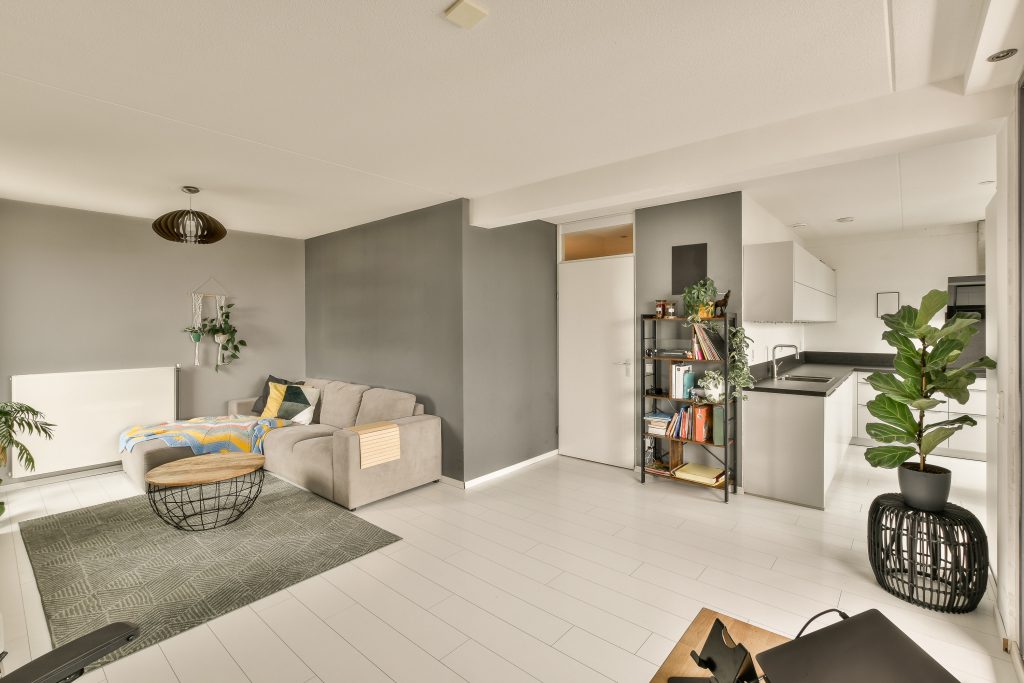What to Consider When Designing an Open Floor Plan
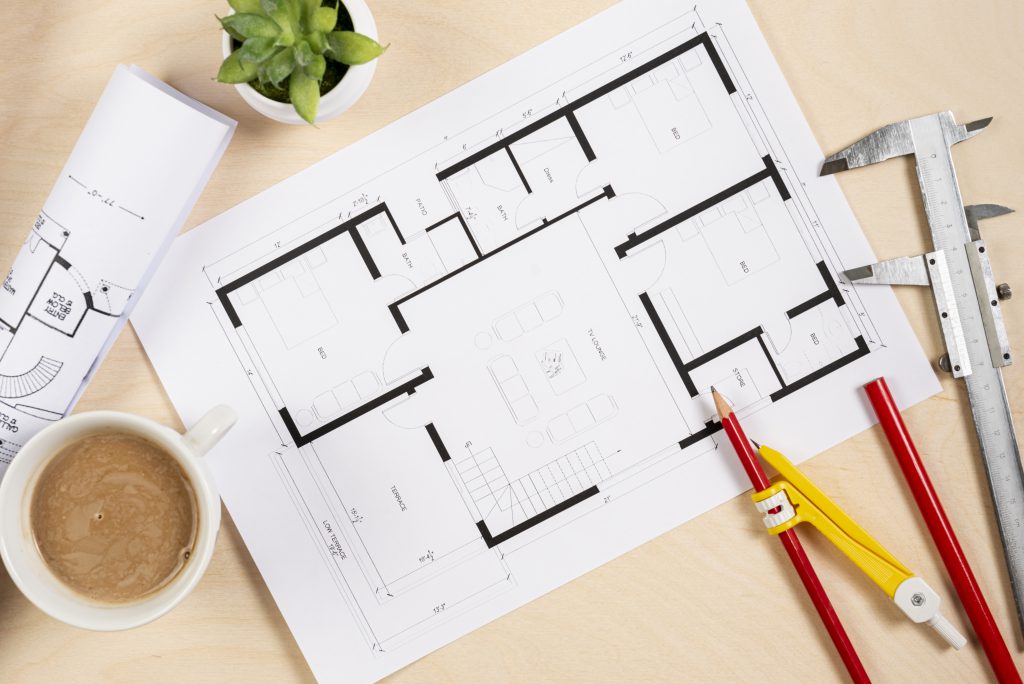 Designing an open floor plan can create a spacious, inviting, and flexible living environment. However, it requires thoughtful planning to ensure functionality and aesthetic appeal. This guide will help you navigate the key factors to consider when designing an open floor plan.
Designing an open floor plan can create a spacious, inviting, and flexible living environment. However, it requires thoughtful planning to ensure functionality and aesthetic appeal. This guide will help you navigate the key factors to consider when designing an open floor plan.
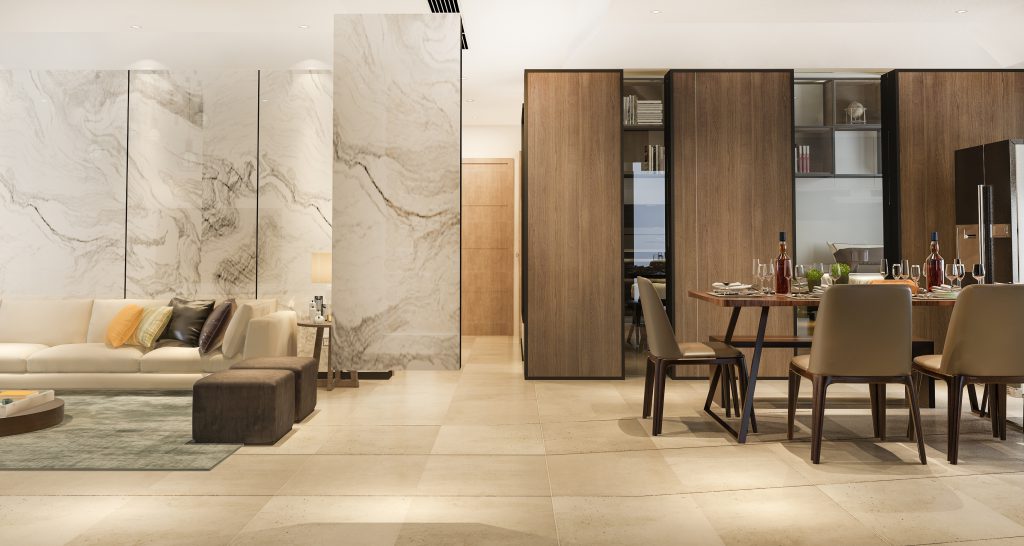
Define Zones
Even in an open floor plan, it’s essential to define distinct zones for different activities, such as cooking, dining, and relaxing. Use furniture arrangement, area rugs, and lighting to delineate these spaces without disrupting the flow.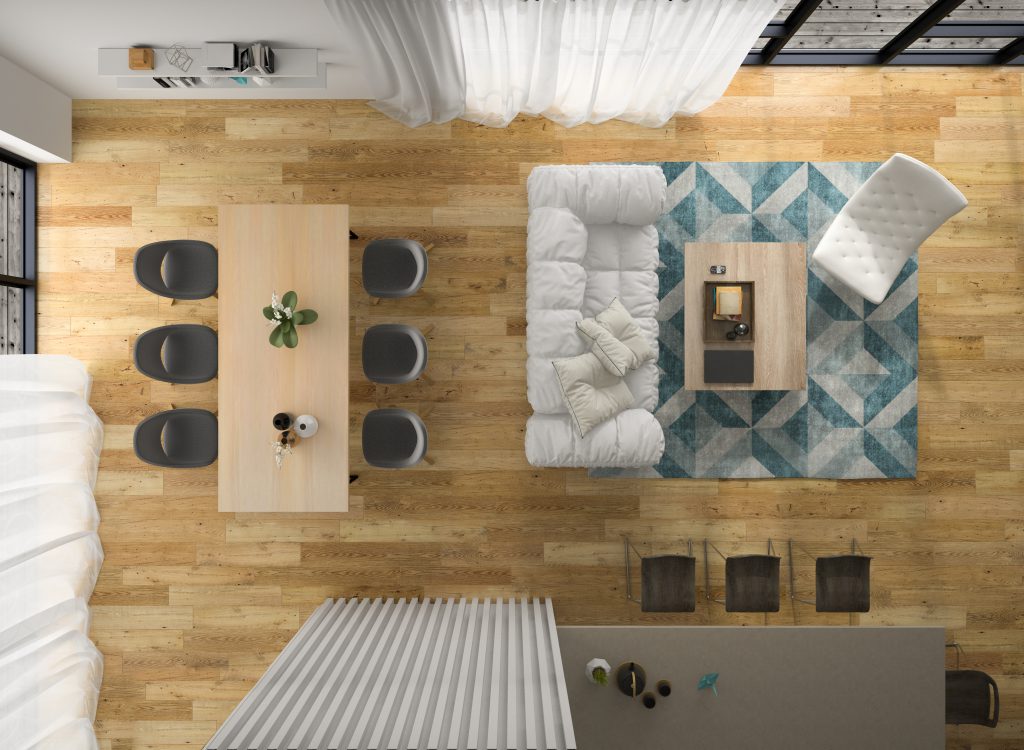
Consistent Design Theme
Maintain a consistent design theme throughout the open space to create a cohesive look. Use similar color palettes, materials, and styles in each zone to ensure harmony and visual continuity.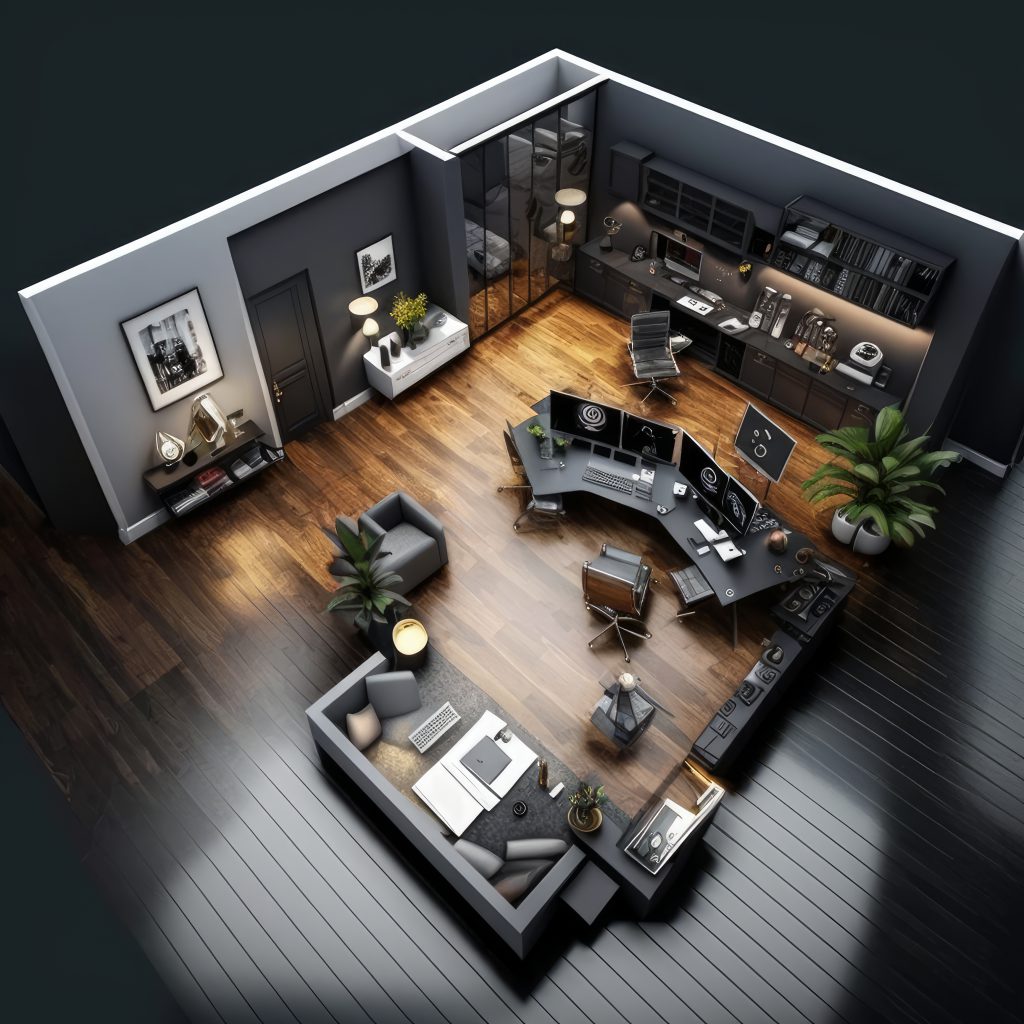
Furniture Layout
Choose furniture that enhances the open flow while providing functional seating and storage. Arrange pieces to create natural pathways and encourage interaction among different zones.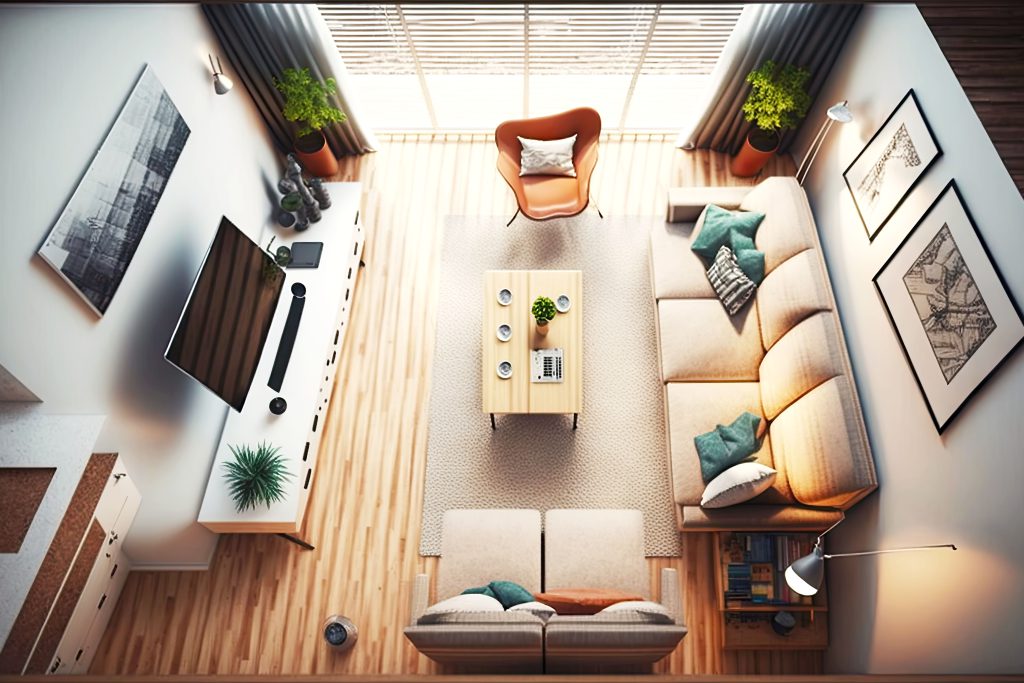
Lighting
Layered lighting is crucial in an open floor plan. Combine ambient, task, and accent lighting to ensure each zone is well-lit and functional. Use pendant lights, floor lamps, and recessed lighting to create a balanced and inviting atmosphere.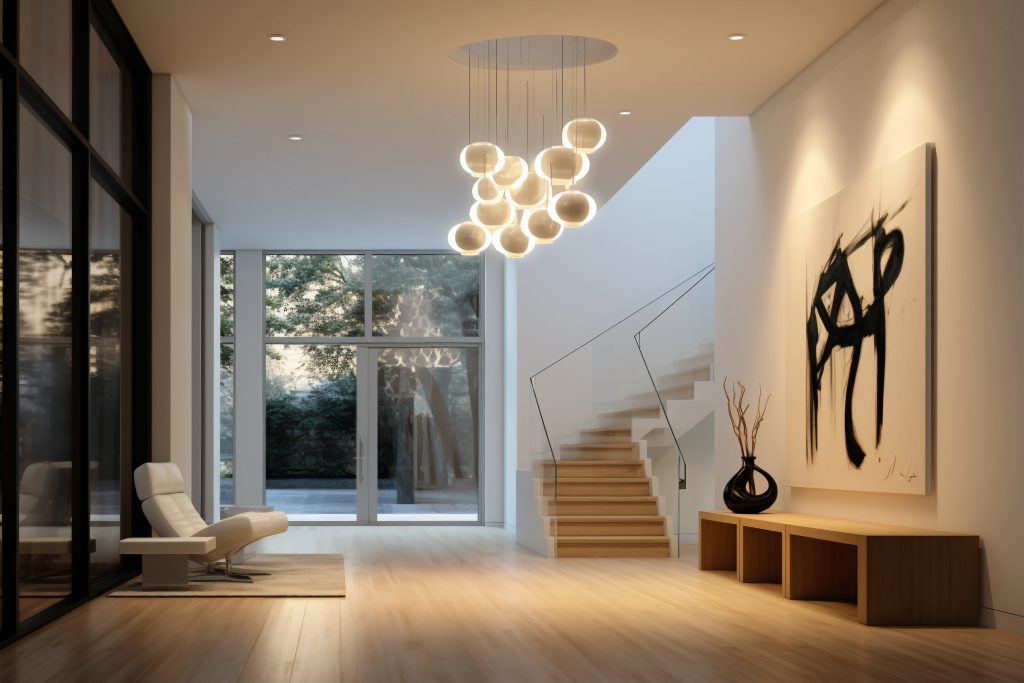
Flooring
Using the same flooring material throughout the open space helps create a seamless look. However, you can also use area rugs to define and add warmth to different zones.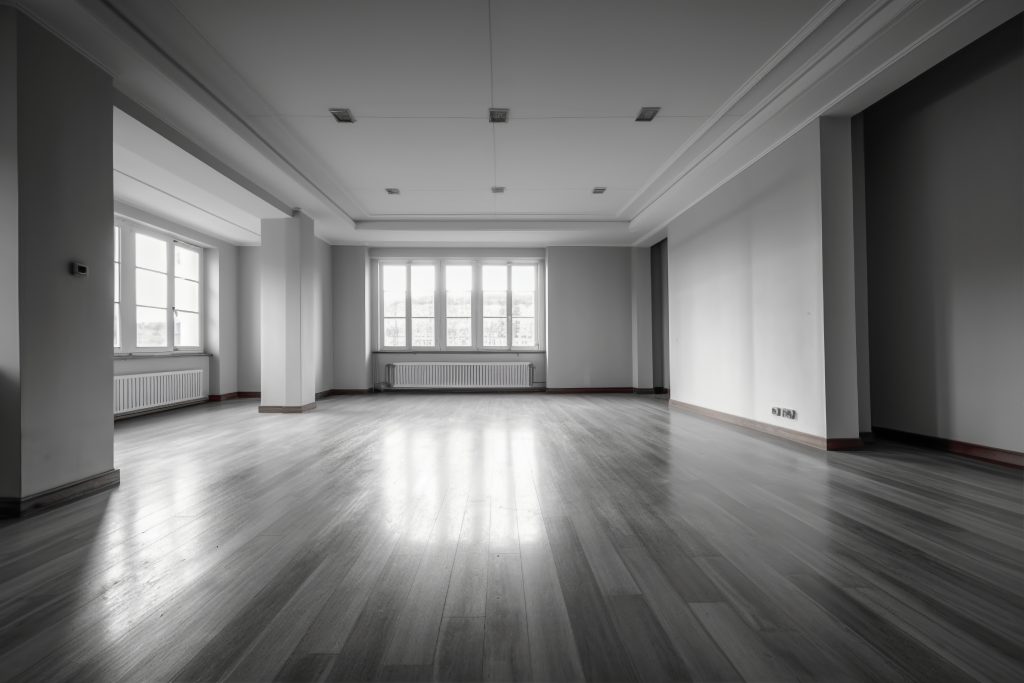
Storage Solutions
Incorporate smart storage solutions to keep the open space clutter-free. Use built-in shelves, cabinets, and multi-functional furniture to maximize storage without compromising the design.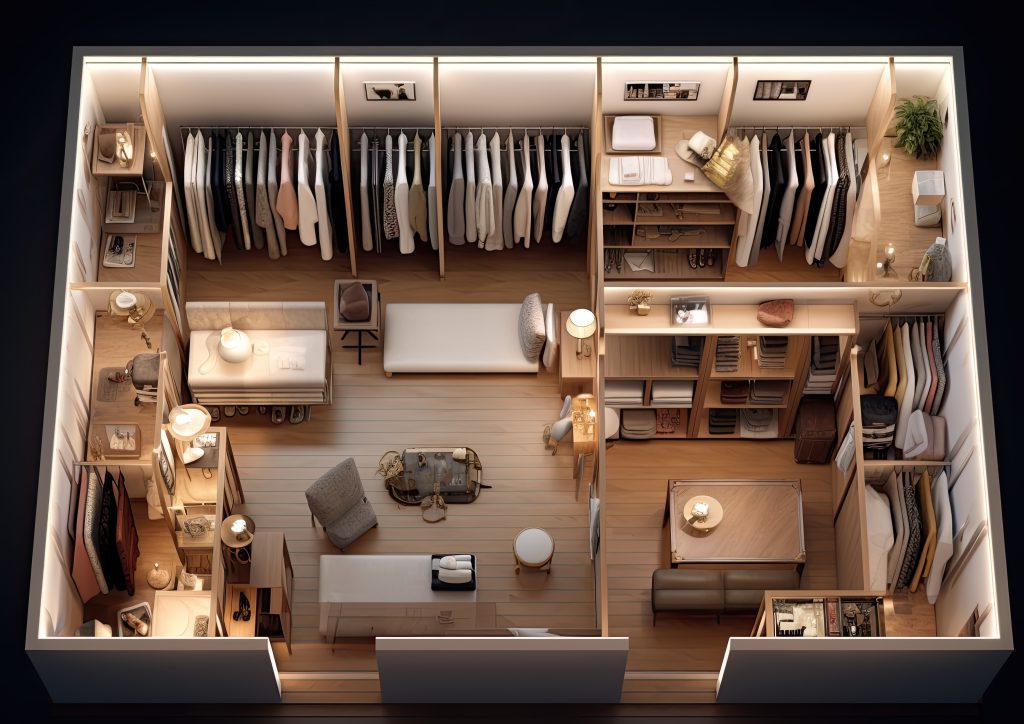
Flow and Functionality
Ensure that the flow between zones is logical and functional. Consider the placement of key elements, such as the kitchen, dining area, and living room, to facilitate easy movement and access.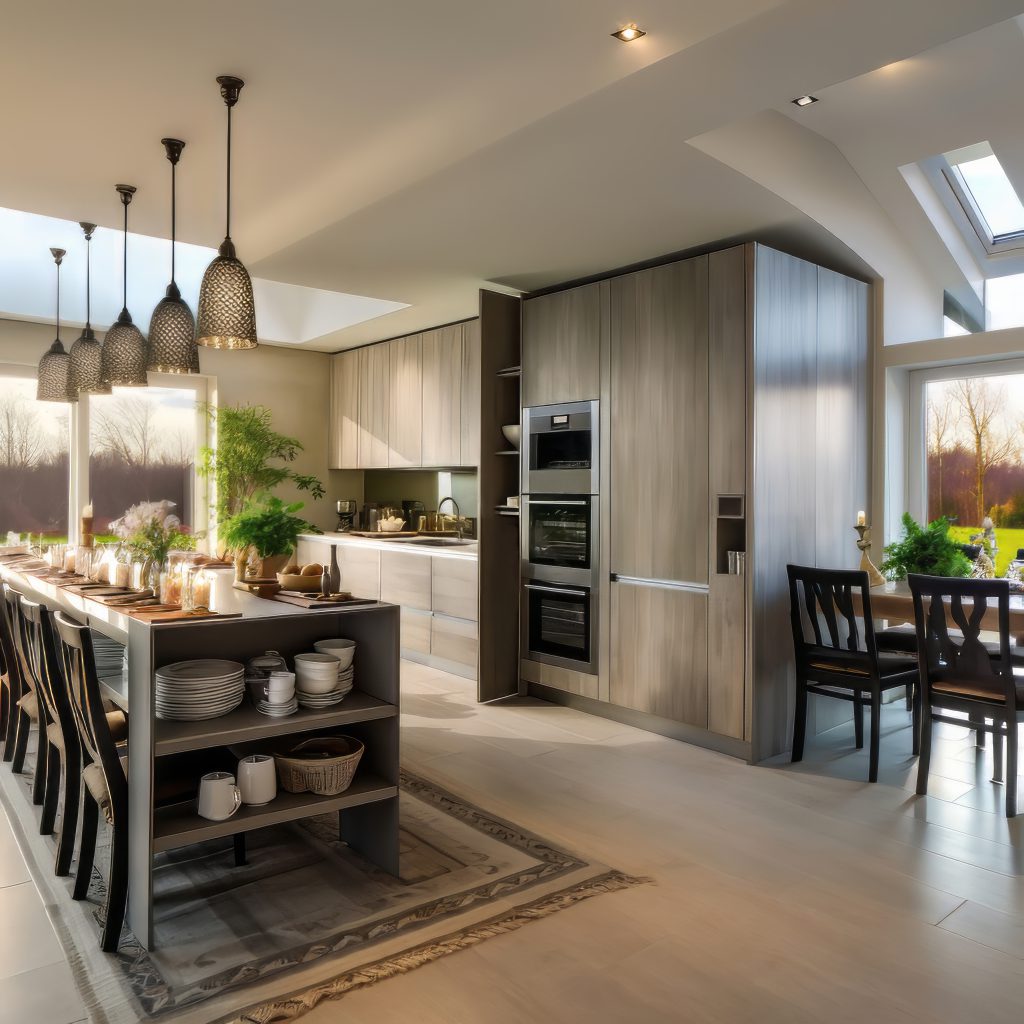
Focal Points
Create focal points in each zone to draw attention and add interest. This could be a statement piece of furniture, a fireplace, or an artwork. Ensure that these focal points complement each other across the open space.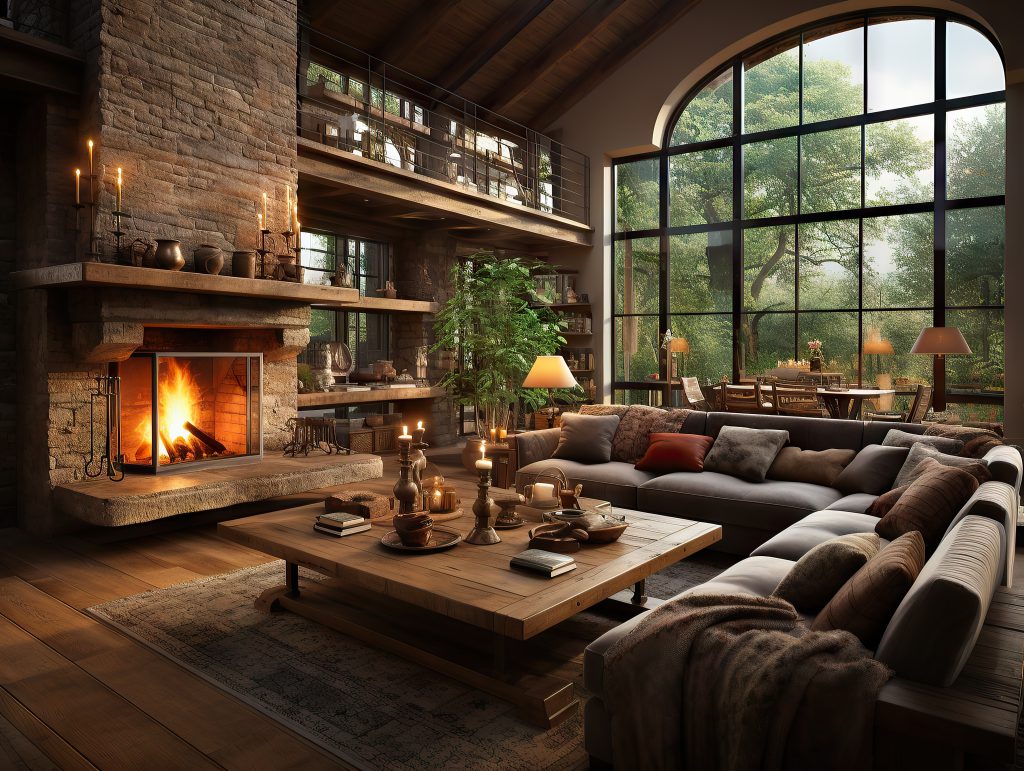
Privacy
While open floor plans are great for socializing, consider how to incorporate elements of privacy when needed. Use sliding doors, screens, or strategically placed furniture to create private nooks within the open space.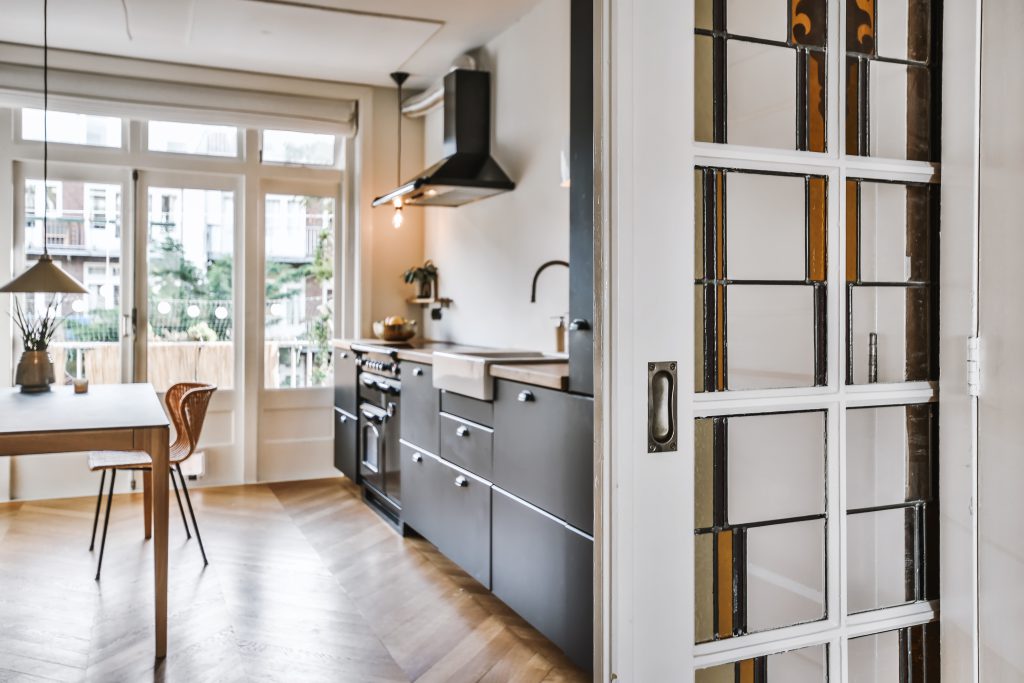
Acoustics
Open spaces can amplify noise, so consider acoustic solutions to manage sound levels. Use area rugs, curtains, and upholstered furniture to absorb sound and reduce echo.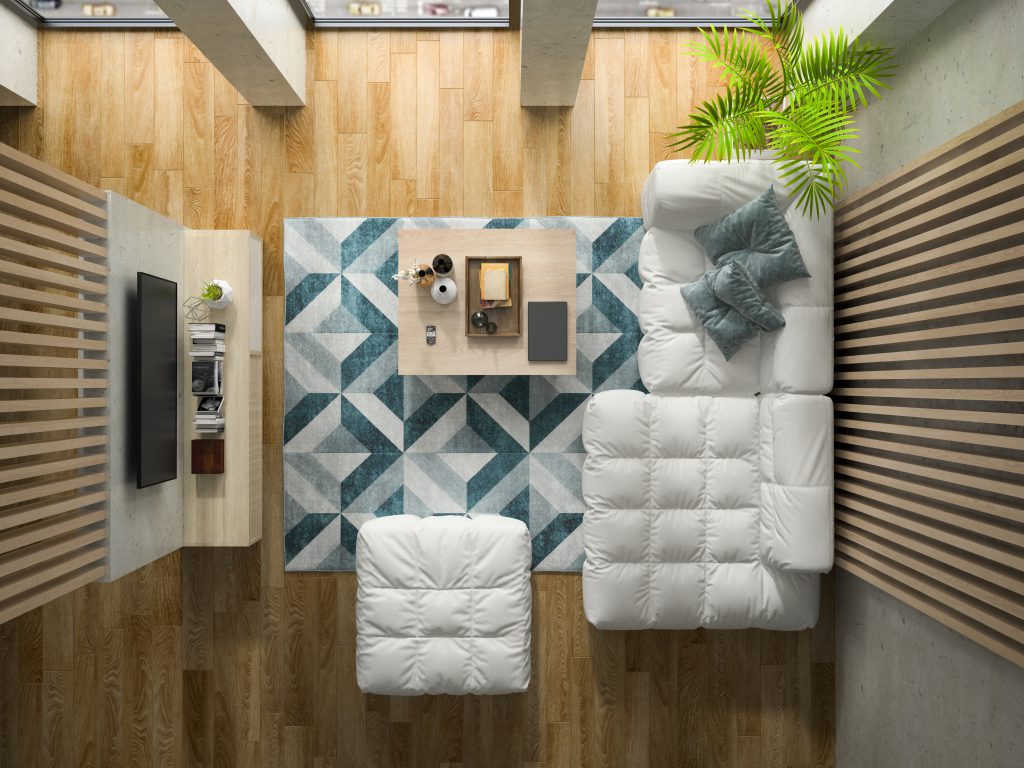
Visual Continuity
Ensure visual continuity by coordinating colors, materials, and design elements across different zones. This helps create a harmonious and aesthetically pleasing environment.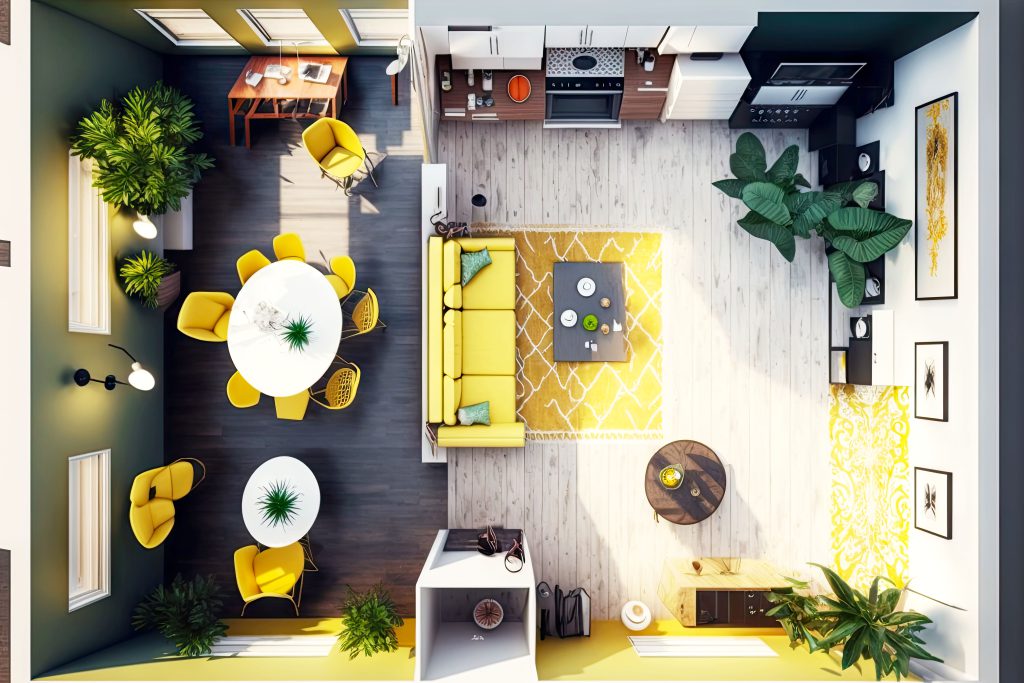
Flexibility
Design the open floor plan to be flexible and adaptable to changing needs. Choose modular furniture and movable partitions to easily reconfigure the space for different activities.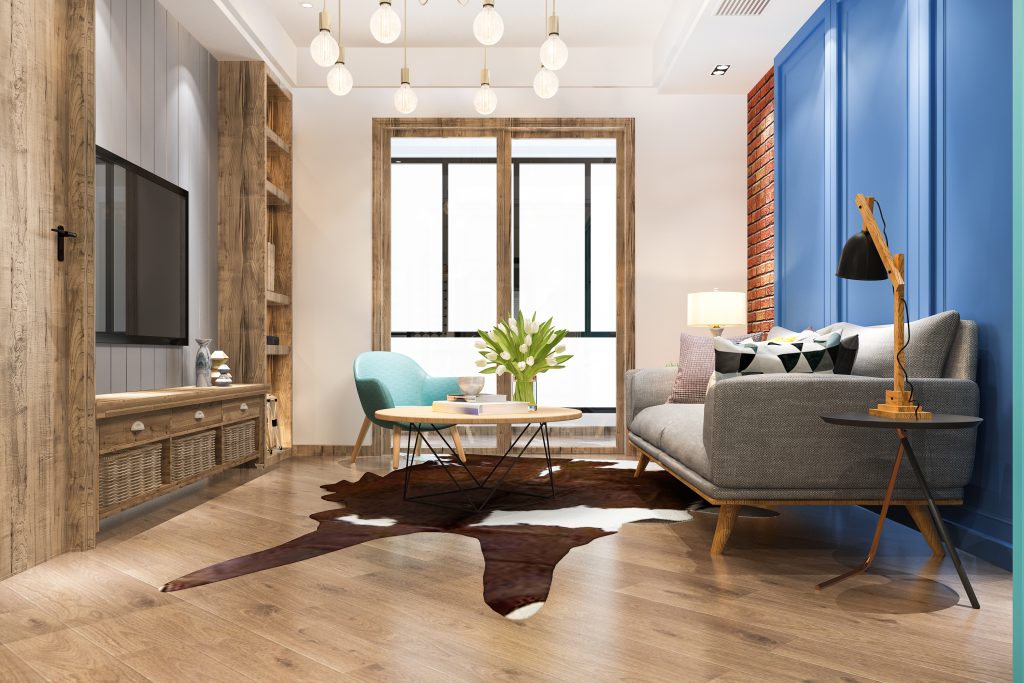
Natural Light
Maximize natural light by using large windows, skylights, and open sightlines. Natural light enhances the sense of openness and makes the space feel more inviting.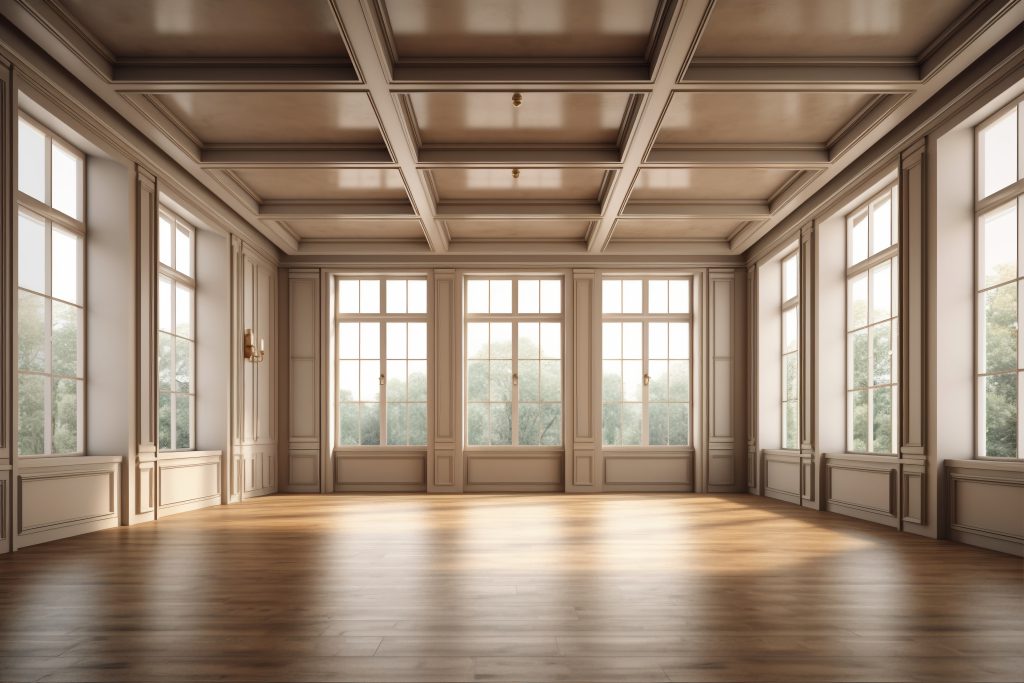
Ventilation
Ensure good ventilation throughout the open space, especially in areas like the kitchen. Use range hoods, exhaust fans, and strategically placed windows to maintain air quality.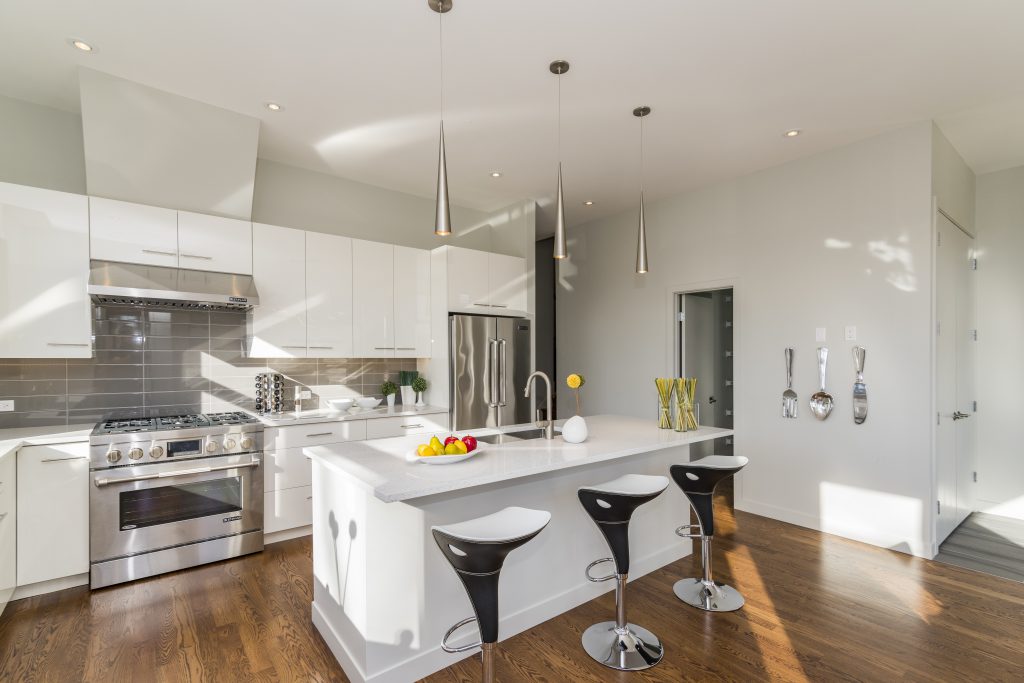
Safety Considerations
Incorporate safety features, especially if the open floor plan includes a kitchen. Use non-slip flooring, proper lighting, and child-safe features to ensure the space is safe for all occupants.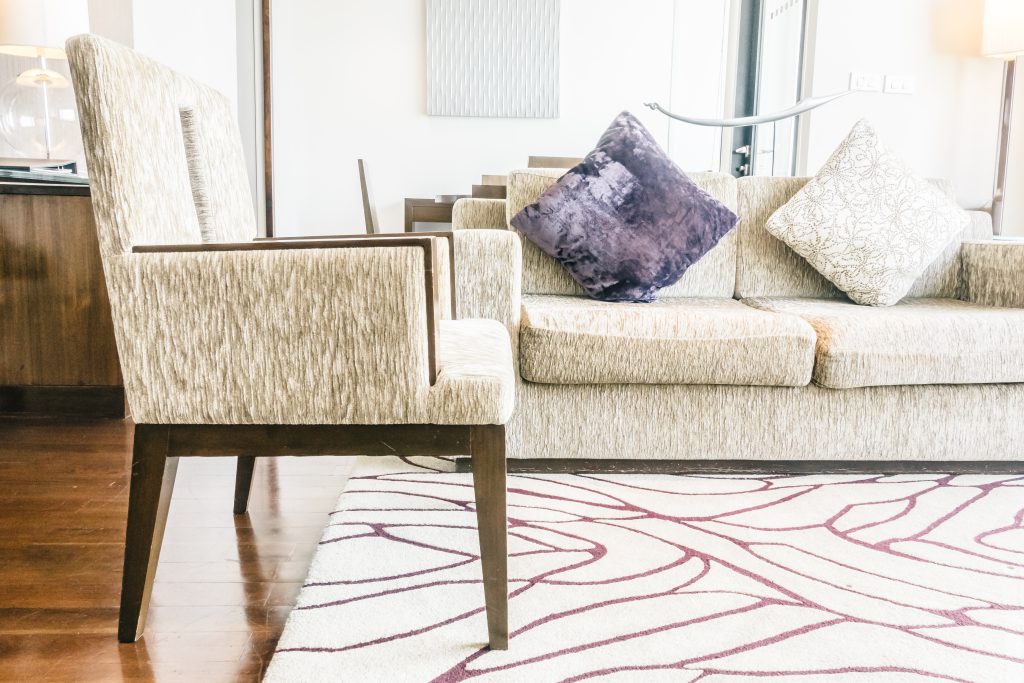
Conclusion
Designing an open floor plan involves balancing functionality, aesthetics, and flexibility. By defining zones, maintaining a consistent design theme, and incorporating smart storage solutions, you can create a cohesive and inviting space that meets your needs. Whether you prefer a modern, minimalist look or a warm, traditional style, thoughtful planning and attention to detail will help you achieve the perfect open floor plan for your home.